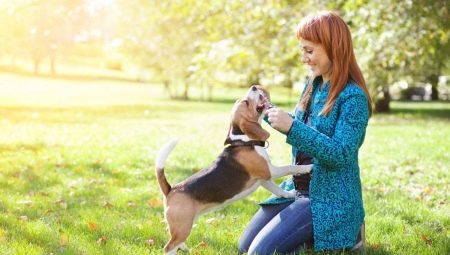Socialization is an important aspect of dog education, a kind of adaptation to the world of people and the possibility of intelligent interaction with others. This means that an animal that has got into a person’s house will have to learn interpersonal skills and the ability to live by certain rules.
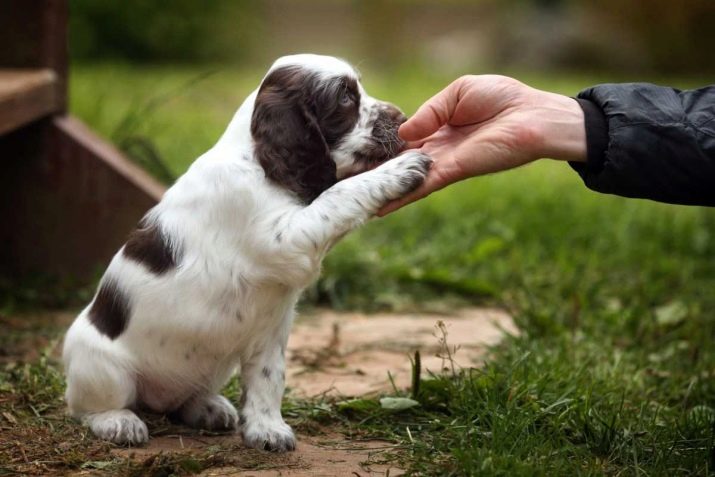
What it is?
The socialization of a puppy is the upbringing of an animal with an adequate attitude to contacts with people around it, other animals and inanimate objects. And you need to start this process immediately, taking in your home a little four-friend. A dog is born with innate inclinations of mental abilities, but the owner’s task is to give her the opportunity to develop his intellect, absorbing new information.
If the animal has a stable nervous system, it quickly adapts to new conditions, and radical adaptation by the owner is not necessary for its adaptation. Another thing is the character and temperament features of various breeds, which make them inadequately react to the same events and objects, up to aggression and panic fear. This complicates the maintenance and training of such a pet, makes it naughty and unpredictable.
The younger the puppy, the faster he can be accustomed to human life, the ability to understand his place in the family and among relatives, calmly relate to extraneous things and situations. And for a person, he will become a seasoned, confident and obedient dog.
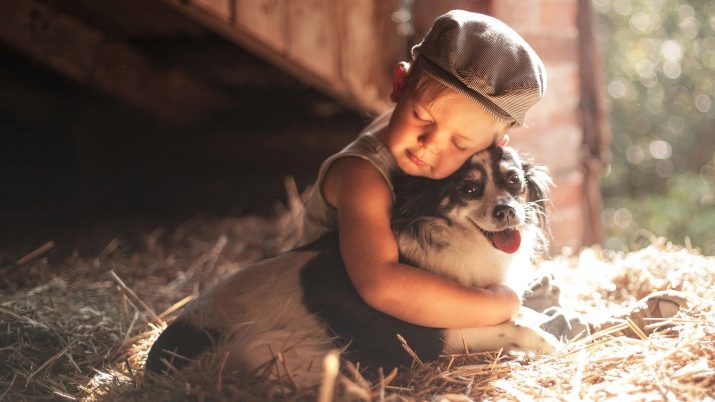
What is it for?
Dogs that have not passed the process of socialization make a lot of problems, each of which is also a problem of the owner.When an animal cannot balance its attitude to new objects unknown to it, it experiences continuous stress, which negatively affects its psyche and nervous system. This is what causes cowardice when the animal breaks off the leash and runs away, forgetting about the existence of the owner.
Another excess is irritability, anxiety and aggressive behavior. Unfortunately, this is a natural reaction of canids to strange things and events. Such dogs are dangerous for others, but also often become the culprits of injuries of the owner and members of his family.
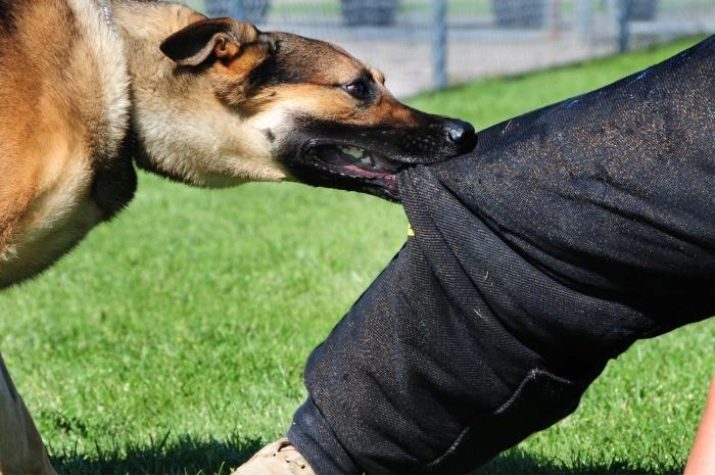
Socialized animals, unlike such pets, have indisputable advantages:
- they do not bark at passers-by, street and pets;
- not afraid of loud noise;
- calm at the sight of people coming up to them in the city;
- obedient both at home and on the street;
- balanced when force majeure situations occur, and can even help others;
- they can be left at home without fear that the animal will bark or howl.
Dogs brought up correctly know the rules of living with a person and other creatures, in addition, they have a strong nervous system that excludes any uncivilized, aggressive actions. It must be admitted that the mental abilities of these pets are much higher than those of their half-wild, albeit living with humans, brothers who were not raised properly.

Stages of socialization
You can start education immediately after the puppies are taken from the mother, preferably not later than 5 monthswhen the formation of the psyche of the animal ends, including the active influence of the environment. Various competently modeled situations stimulate the improvement of the nervous system, associative thinking and memory of the dog through a combination of sounds, smells and visual images. And she is considered prepared for the main points of education.
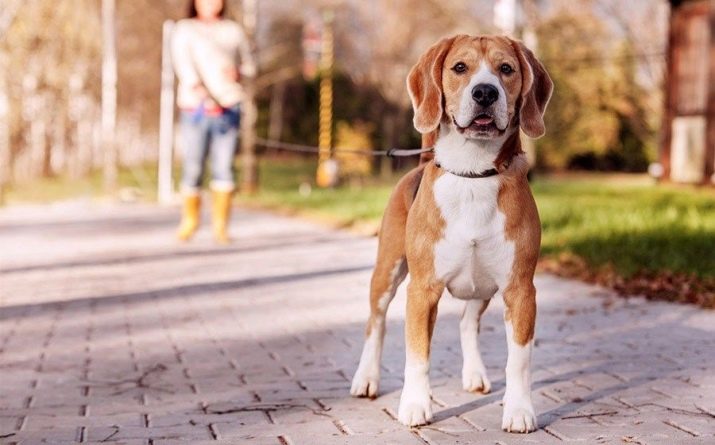
The first stage of socialization involves the establishment of well-built relations between the dog and the owner, and for this you need to communicate with the animal constantly, and at first - for a long time. At this stage, it is important that the following conditions are met:
- so that the puppy is not distracted, you need to try to exclude the influence of foreign objects and external stimuli;
- for the dog there should be only the owner with his unwavering will and character, the only strong leader and leader;
- the main points of education occur during feeding and games, direct communication;
- walks with animals are best done in deserted, quiet places where the puppy feels relaxed;
- the main beacons for successful training during training are toys and goodies;
- all emotions of the puppy during contact should be positive, except for rewards, it is necessary to pronounce the name of the animal, to conduct affectionate misfortune, to cheer up with stroking.
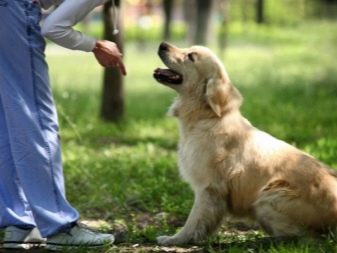
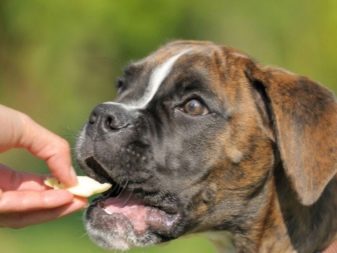
The behavior of the pet at the sight of the owner may indicate a positive result of such classes - his joy, the desire to be near, ignoring everything that surrounds him. This stage, with proper contact building, can last no more than 10 days, after which you can proceed to further training.

At the second stage, the tasks posed to the animal become more complicated. At the same time, emphasis is still placed on the main role of the educator, but at the same time, the dog is taught to react correctly to domestic, including urban objects:
- calmly relate to vehicles, noise, large crowds, places where other animals stay, to visit a veterinarian;
- at the first signs of anxiety, the puppy should be distracted - by playing, stroking, dainty;
- if the owner has noticed that the pet is scared, it is advisable to switch the dog’s attention to something safe and leave the “fear zone”;
- but sometimes the curiosity of a shaggy friend outweighs the feeling of fear, and then it is allowed to carefully introduce the dog to the interesting thing, approaching it.
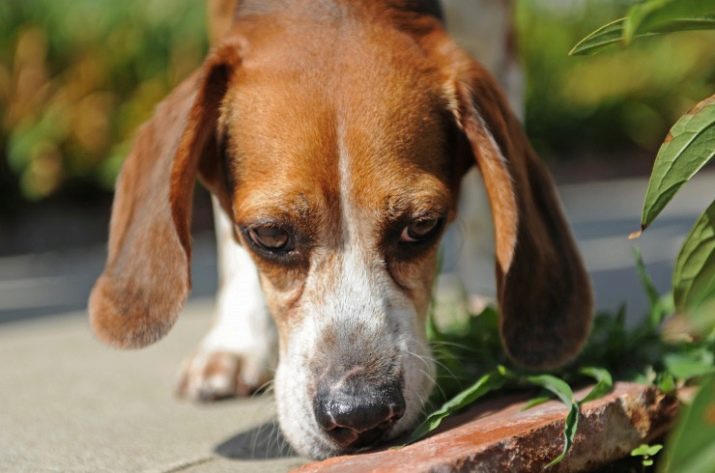
You can take the dog away and let it come close again repeatedly until the phobia dissipates.
In time, the stage should not take more than a month, which may mean problems with the psyche of the dog. As a result, the animal should calmly relate to everything that comes in its way, including humans and animals, and the trainer should remain the focus of his attention.
The main goal of the training at the third stage is to train the dog to appropriate behavior if exceptional, non-standard situations arise. For puppies of service breeds, at the same time, classes are held at a special training course to develop skills when carrying out a certain type of service.
It’s important for the owner take into account the individual characteristics of the animal’s behavior and, on the basis of this, simulate extraordinary events. The animal must be accustomed to indifferent to any stimuli, however, quickly respond to any commands of the owner. This stage is the most difficult and requires up to three months of constant training, however, some pets can go through the stage more quickly - it all depends on their nature and natural features of the breed.
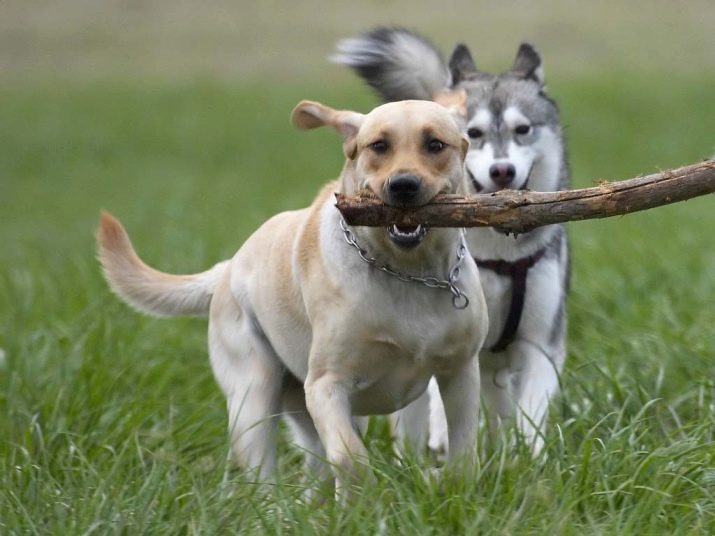
How to socialize an animal?
You need to start training your puppy with a lesson plan, but first you need to assess the condition of the pet.
In this sense, the following indicators are important:
- how the animal reacts to toys, food, sound stimuli;
- how quickly the dog can adapt to ordinary everyday events;
- what is the reaction to unfamiliar, living and inanimate objects;
- perhaps there are some features of the behavior, dignity and weaknesses of a personal property.
This approach is relevant for both a puppy and an adult dog. The owner from his own observations can already get an idea of how the pet relates to people, children, pets and street animals.
Thus, in the future it will be easier to find stimuli that can become motivational to stimulate the desired type of behavior.
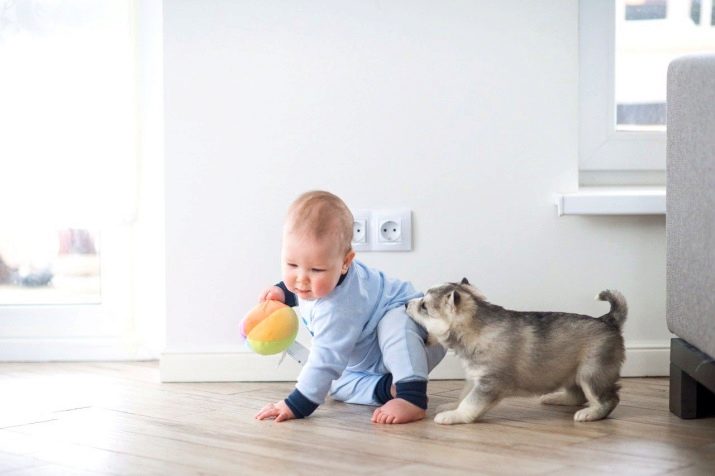
It is difficult when the dog is indifferent to food or toys, but even in this case there is a way out - you just need to increase the value of these resources, and therefore, motivation.
The period of adaptation of small puppies to external stimuli can be divided into three periods:
- at 3-8 weeks initial intraspecific socialization occurs when the cub gets acquainted with other dogs;
- from 6 to 12 weeks the pet should be taught to contact people and other types of animals;
- from 6 to 16 months the adaptation process should expand to the conditions of the street and related facilities.
At 4-5 months, the puppy should already be able to distinguish a lot of smells, not be afraid of various noises, ignore any provoking events, focusing on one object - its owner.
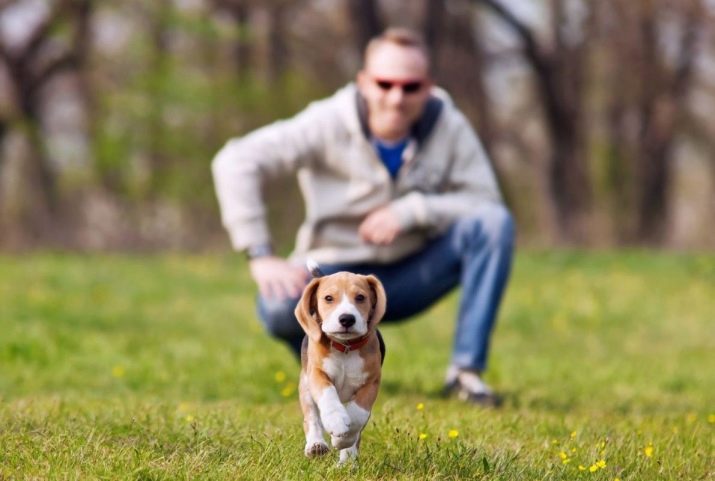
In order for all stages of socialization to be successful, and the animal does not become shy and insecure, the dog should be regularly brought out into the light, and not limited to short walks. Some owners provide their pets with a courtyard of a country house, believing that an animal that runs freely around the territory should feel comfortable. But such dogs, getting on the street, no longer experience free ease, they are scared, which logically leads to such a reaction as aggression.
To teach an adult dog to behave calmly is a certain difficulty, and for this special classes of socialization have been created where animals under the control of a trainer are allowed to behave naturally. The muzzle and leash is used only at the beginning to assess the condition of the animal. As a rule, at the end of the course, their use is no longer necessary, since the animal finds a common language with its relatives of different ages and breeds, as well as with the owner, which, perhaps, is the main one.

To learn how to socialize a puppy, see the video below.
